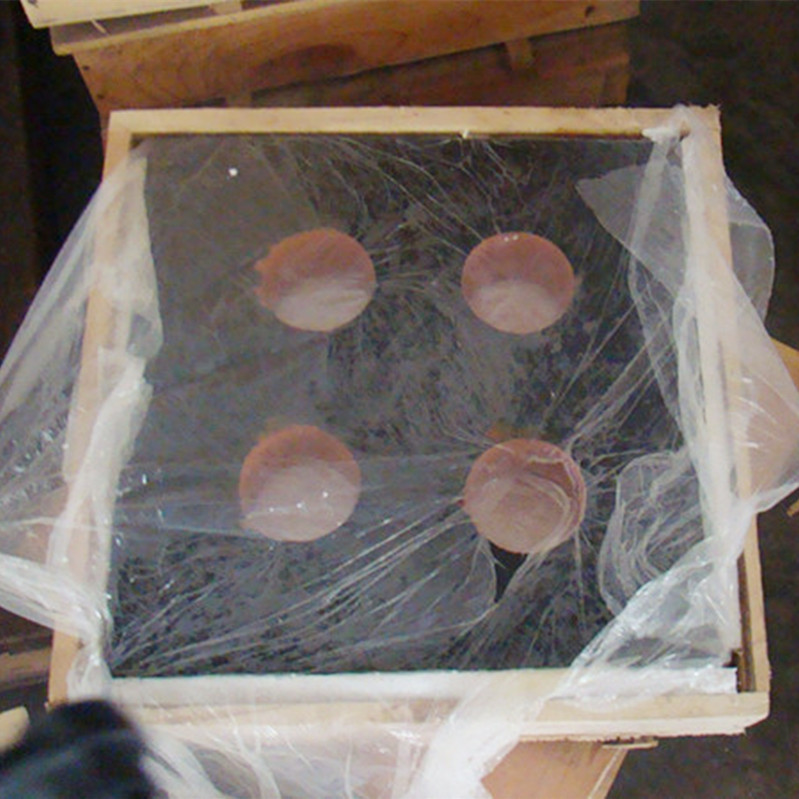dec. . 05, 2024 19:33 Back to list
Understanding the Functionality and Applications of Hydraulic Check Valves in Fluid Systems
Understanding Hydraulic Check Valves A Critical Component in Fluid Systems
Hydraulic systems are integral to a wide variety of industrial applications, from manufacturing to construction, and even in automotive technologies. Among the various components that keep these systems running efficiently, hydraulic check valves play a pivotal role. This article delves into what hydraulic check valves are, how they function, their applications, and their importance in maintaining system integrity.
What is a Hydraulic Check Valve?
A hydraulic check valve is a one-way valve that allows fluid to flow in only one direction. It prevents backflow, ensuring that hydraulic fluid isn't returned to the source, which could cause significant operational issues and reduce system efficiency. By maintaining the flow direction, check valves help in controlling pressure within hydraulic systems, contributing to their overall reliability and effectiveness.
How Do Hydraulic Check Valves Work?
Hydraulic check valves operate based on pressure differential. When fluid flows through the valve in the forward direction, it opens and allows the fluid to pass. If there is a reverse flow or any backpressure, the valve closes automatically, preventing the fluid from flowing backward. This mechanism is typically achieved through the use of a movable disc or ball, which is pushed against a seat when backpressure occurs.
There are different types of hydraulic check valves, including
1. Ball Check Valves – These use a ball element to facilitate the one-way flow. 2. Swing Check Valves – These feature a hinged disc that swings open and closed with the flow of fluid. 3. Spring-Loaded Check Valves – These utilize a spring to keep the valve seat closed until the pressure from the fluid exceeds the spring tension.
Applications of Hydraulic Check Valves
hydraulic check valve

Hydraulic check valves are utilized in numerous applications across various industries. They are crucial in
- Manufacturing Ensuring that hydraulic presses and cylinders operate smoothly without fluid backflow, which can disrupt operations. - Construction Preventing fluid from draining back into the reservoir in equipment like excavators and backhoes, which require constant hydraulic pressure. - Automotive Maintaining pressure in braking systems to enhance vehicle safety and reliability. - Marine Helping control the flow of hydraulic fluids in ship machinery, such as steering systems and lifting devices.
Importance of Hydraulic Check Valves
The significance of hydraulic check valves in system integrity cannot be understated. By preventing backflow, these valves protect equipment from damage, enhance operational safety, and improve system efficiency. Backflow can not only lead to equipment failures but can also result in hydraulic fluid leaks, which are hazardous to both the environment and personnel.
In addition to their protective functions, check valves also help in maintaining consistent pressure levels within the system. This regulation is essential for ensuring that all components operate within their designed parameters, thus extending the lifespan of the hydraulic system and minimizing maintenance costs.
Maintenance Considerations
While hydraulic check valves are generally low-maintenance components, regular inspection is essential to ensure their proper function. Signs of malfunction may include unusual noises, fluid leaks, or fluctuations in pressure readings. Maintenance practices may involve cleaning, replacing seals, or even replacing the entire valve, depending on the degree of wear and tear.
Conclusion
Hydraulic check valves are small yet powerful components that play a critical role in the efficiency and safety of hydraulic systems. Their ability to ensure one-way fluid flow and prevent backpressure makes them indispensable in various industrial applications. Understanding their function and importance can help operators and engineers make informed decisions regarding system design and maintenance, ultimately leading to enhanced productivity and safety in hydraulic operations.
-
Precision Manufacturing with Advanced Spline Gauge DesignNewsJul.31,2025
-
Industrial-Grade Calibrated Pin Gauges for Exact MeasurementsNewsJul.31,2025
-
Industrial Filtration Systems Depend on Quality Filter DN50 SolutionsNewsJul.31,2025
-
High-Performance Gate Valve WholesaleNewsJul.31,2025
-
Granite Surface Plate The Ultimate Solution for Precision MeasurementNewsJul.31,2025
-
Granite Industrial Tools The Ultimate Guide for Bulk BuyersNewsJul.31,2025
Related PRODUCTS









